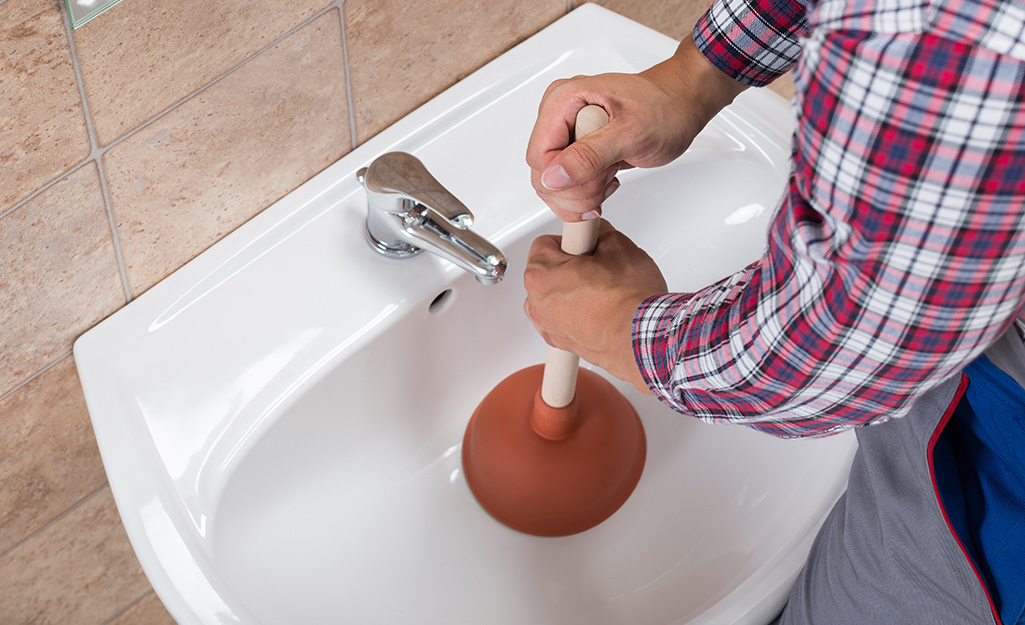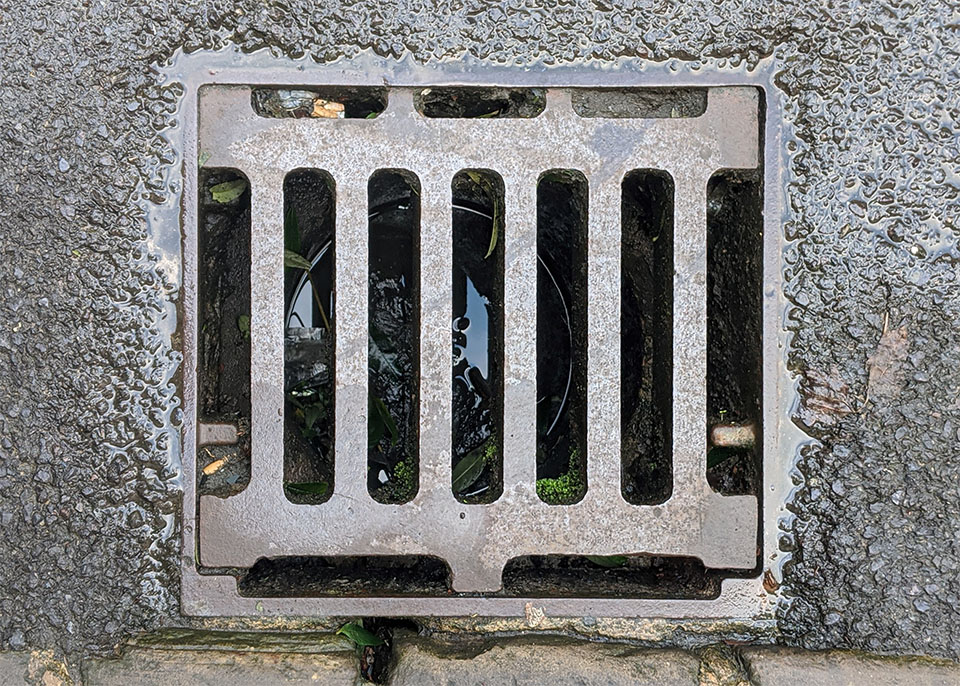Strategies for Dealing with a Blocked Drain Before Calling Professional Plumbers
Strategies for Dealing with a Blocked Drain Before Calling Professional Plumbers
Blog Article
Were you in search of info concerning Some easy tips to fix blocked drains?

Intro
Managing an obstructed drainpipe can be an irritating experience, interrupting day-to-day activities and potentially causing damages to your home. Nonetheless, prior to reaching out to pipes professionals, there are actions you can require to resolve the problem on your own. In this guide, we'll discover do it yourself solutions and safety nets to deal with a blocked drainpipe effectively.
Determining the Problem
The primary step in dealing with a blocked drain is recognizing the indications. Slow drainage, gurgling audios, foul odors rising from drains pipes, or water support up are common signs of an obstructed drainpipe. Recognizing these indicators early can assist prevent better problems.
Common Causes of Obstructed Drainpipes
Recognizing the aspects that contribute to drain clogs is essential for efficient resolution. Common culprits consist of hair, soap scum, oil, food particles, and foreign objects like hygienic items or paper towels. Tree roots attacking underground pipes can also trigger significant blockages.
DIY Solutions
For minor blockages, numerous DIY solutions can be efficient. Putting boiling thin down the drain can assist dissolve grease and debris. Baking soda and vinegar or a blend of salt and cooking soft drink can function as all-natural cleansers. Using a bettor or plumbing snake to remove obstructions is an additional choice.
Devices and Equipment
Having the right tools accessible can make DIY drain cleaning much more reliable. A bettor is a flexible device for getting rid of blockages in sinks, commodes, and showers. A pipes serpent or auger can reach deeper obstructions, while drainpipe cleaning chemicals can be used meticulously for persistent clogs.
Preventive Measures
To prevent future obstructions, adopting safety nets is crucial. Set up drainpipe guards or strainers to capture hair and particles before they enter the pipelines. Consistently flush drains with hot water to dissolve oil accumulation, and avoid dealing with grease or strong waste down the drain.
When to Call a Professional
While DIY services can solve minor obstructions, specific indicators show the need for professional assistance. Consistent blockages, foul odors in spite of cleansing efforts, or numerous drains backing up all at once are warnings that necessitate experienced treatment.
Choosing the Right Plumbing Service
When picking a pipes solution, take into consideration aspects such as experience, licensing, and customer evaluations. Select a respectable plumbing professional with a record of top quality handiwork and transparent prices methods.
Expense Considerations
The expense of specialist drainpipe cleaning services can vary relying on the intensity of the blockage and the plumber's prices. Demand quotes from multiple providers and ask about any type of added fees to guarantee openness and stay clear of surprises.
Security Measures
When attempting do it yourself drainpipe cleaning, prioritize security. Use safety gloves and eyewear to avoid contact with hazardous chemicals or bacteria. Never ever mix different drainpipe cleaning items, as this can produce harmful fumes.
Situation Studies
Real-life instances illustrate the effectiveness of do it yourself solutions and the value of timely expert intervention in dealing with drain obstructions.
Verdict
By following the tips outlined in this guide, you can successfully tackle obstructed drains and prevent future pipes problems. Whether going with do it yourself services or seeking specialist support, prompt action is essential to keeping a healthy plumbing system and maintaining the integrity of your home.
How to Clear a Clogged Drain Yourself (And When to Call In the Professionals)
What Can Clog a Drain
Dirt Skin flakes Hair Grease Soap scum Food Offset pipes Tree roots Small objects Mineral buildup DIY Tricks to Unclog a Drain
You can fix this! Once you have identified the source of the clog (or have a vague idea), you can try one or a combination of these fixes in order to clear your plumbing.
Wire Hanger or Snake
Untangle and clear out hair from a drainpipe with a homemade snake. Use a straightened-out wire hanger with a 90-degree angle hook to locate the clog and drag out any unwanted material.
Remember not to push the clog further down to where the wire hanger cannot reach! If you need to follow up with a plunger, give it a try. Your efforts might be more successful after it’s been wire-snaked.
If you want to get fancy and don’t have a wire hanger to spare, head to the store and pick up a hand-operated drain snake. You can get one for $10-$30. It may save you the hassle, and provide additional length to reach deep into the clogged pipe.
Plunger
A cup plunger has a suction cup attached to a wooden handle. The rubber creates a seal around the drain, and increases the pressure force of the plunger.
Plunge for 30-second increments to loosen the clog. This may need to be repeated over the course of 15-20 minutes. Once plunged, run the water to flush the remaining material out of the drain.
Remember– never use a plunger if you have used a chemical drain cleaner. These chemicals can splash up from the force of the plunger and cause serious injury or burns.
Boiling Water
Hot water can sometimes break up materials into a flushable amount. Dirt, grease, and soap buildup requires heat in order to unstick from surfaces.
Take your kitchen kettle and heat your water to a boil. Once it reaches a rolling boil, pour it directly down the drain into the blockage. Carefully follow with plunging, if necessary.
Don’t worry if this takes more than one try! It can often take multiple kettles and repeated plunging in order to clear a particularly stubborn clog.
Chemical Drain Cleaner
As a last resort, pick up a bottle of chemical drain cleaner. Drain-cleaning chemicals are potent, and not very good for the environment.
You may need to wear protective eyewear in gloves before handling your bottle of chemical drain cleaner. Follow the instructions printed on the bottle, and flush with water as soon as the instructions allow. Do not follow with plunging.
Baking Soda and Vinegar
As a safer alternative to chemical drain cleaner, baking soda and vinegar can create a chemical reaction that clears tough clogs.
Combine one cup of cleaning vinegar with one cup of boiling water, and set aside. Once you have done this, pour half a cup of baking soda down the drain. Give the baking thirty seconds to settle and cover a large portion of the problem drain.
Following the baking soda, pour down your vinegar and hot water solution. Once the vinegar and baking soda combine, the mixture will bubble and fix. Let this reaction fizzle in the drain for about an hour.
After an hour, follow with a kettle’s worth of hot water. The heat and liquid should flush out any remaining material.
When to Call a Plumber
If your DIY attempts haven’t cleared your clog drain, it’s time to call in a professional. It’s not worth losing access to your kitchen sink or high-traffic bathroom. A clog in a vital area can keep you from the things you’d rather be doing, and derail your routine.
Anytime a clog is causing water to spread is a time to call in a plumbing service. What starts out as a little bit of water can quickly grow into serious, expensive water damage.
Additionally, a serious clog can result in burst pipes or serious leaks. Make sure you know when to take it seriously!
https://myguysnow.com/how-to-clear-a-clogged-drain-yourself-and-when-to-call-in-the-professionals/

We are very fascinated with Tips for Dealing with Clogged Drains and Sewer Lines and I really hope you appreciated the page. Do you know about someone else who is fascinated with the subject? Be sure share it. Thank-you for taking the time to read it.
Call Report this page